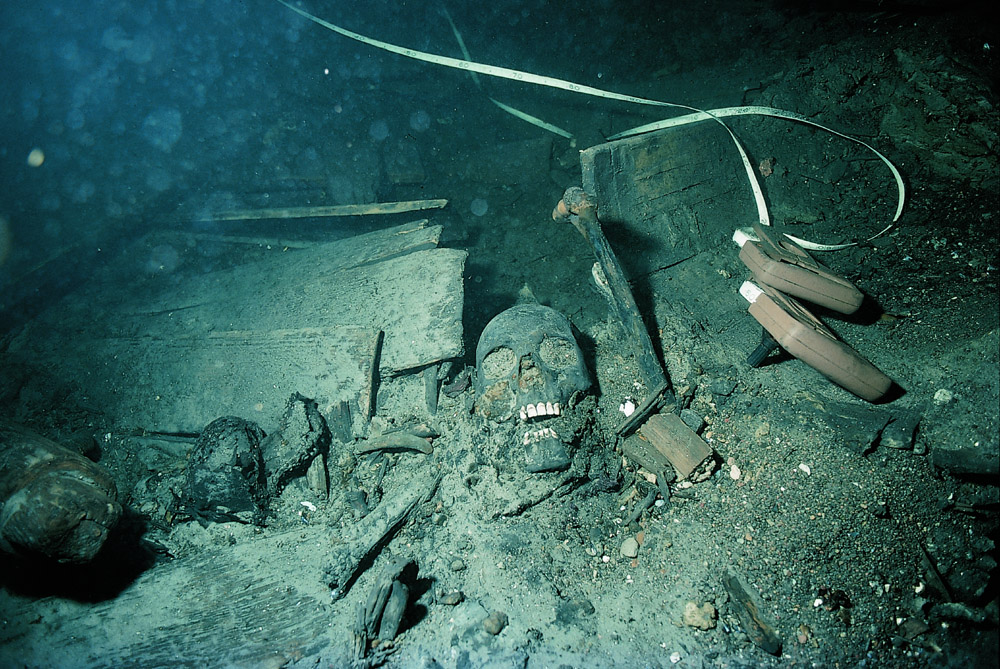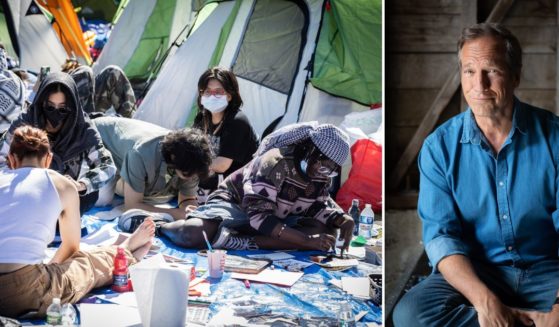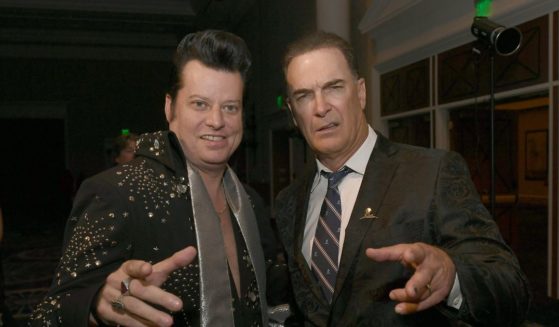Study: British And Irish Ancestry Present In Scandinavia Due To Viking Raids And Slavery Practices


Viking slavery practices, settlements and raids have left their mark in the gene pool of many with European ancestors. British and Irish ancestry dating from the Viking period appears in Scandinavia, according to new research published in the journal Cell.
It’s been 900 years since the legendary warriors roamed our shores but their spirit lives on – in many of us.
The first analysis of its kind captures a genetic history across the region over 2,000 years – from the Iron Age to the present day.
During the Viking period, a migration from the west impacted all of Scandinavia, say scientists.
“Gene flow from the British-Irish Isles during this period seems to have had a lasting impact on the gene pool in most parts of Scandinavia,” said Dr. Anders Gotherstrom of Stockholm University who co-authored the study.
“This is perhaps not surprising given the extent of Norse activities in the British-Irish Isles, starting in the 8th century with recurrent raids and culminating in the 11th century North Sea Empire, the personal union that united the kingdoms of Denmark, Norway, and England.
“The circumstances and fate of people of British-Irish ancestry who arrived in Scandinavia at this time are likely to have been variable, ranging from the forced migration of slaves to the voluntary immigration of more high-ranking individuals such as Christian missionaries and monks….Different processes brought people from different areas to Scandinavia at different times.”
Experts say any surname ending in “sen” or “son” is likely to be of Viking descent – like Emma Watson, Emma Thompson and Robert Pattinson.
Surnames such as Rogers, Rogerson and Rendall also hint at a touch of the marauder.
Overall, the findings show the Viking period in Scandinavia was a very dynamic time – with people moving around and doing many different things.
They are based on almost 300 ancient human genomes from multiple archeological sites and genetic data from more than 16,500 people living in Scandinavia today.
The study in Cell sheds fresh light on migration patterns and gene flow during the Viking age (750–1050 CE).
It also shows ancestries that were introduced into the area during the Viking period later declined for reasons that aren’t clear.
“Although still evident in modern Scandinavians, levels of non-local ancestry in some regions are lower than those observed in ancient individuals from the Viking to Medieval periods,” said Dr. Rodriguez-Varela who also co-authored the report.
“This suggests ancient individuals with non-Scandinavian ancestry contributed proportionately less to the current gene pool in Scandinavia than expected based on the patterns observed in the archeological record.”
The researchers hadn’t originally planned to piece together Scandinavian history over time and space.
Rather, they were working on three separate studies focused on different archeological sites.

“When we were analyzing the genetic affinities of the individuals from different archeological sites we start to see differences in the levels and origin of non-local ancestry across the different regions and periods of Scandinavia,” said Dr. Rodriguez-Varela.
They included Viking period chamber and boat burials, Sandby borg ringfort known for a 500 CE massacre and individuals from the 17th-century royal Swedish warship Kronan.
The goal was to document how past migrations have affected the Scandinavian gene pool across time and space to better understand the current Scandinavian genetic structure.
The researchers found regional variation in the timing and magnitude of gene flow from three sources – the eastern Baltic, the British Irish Isles and Southern Europe.
“We need more pre-Viking individuals from north Scandinavia to investigate when the Uralic ancestry entered this region.,”said Rodrigues-Varela.
“Also, individuals from 1000 BCE to 0 are very scarce and retrieving DNA from Scandinavian individuals with these chronologies will be important to understand the transition from the Bronze Age to the Iron Age in this part of the world”
“Finally, more individuals from the Medieval period until the present will help us to understand when and why we observe a reduction in the levels of non-local ancestry in some current regions of Scandinavia.”
Produced in association with SWNS Talker.
The Western Journal has not reviewed this story prior to publication. Therefore, it may not meet our normal editorial standards. It is provided to our readers as a service from The Western Journal.
Truth and Accuracy
We are committed to truth and accuracy in all of our journalism. Read our editorial standards.












